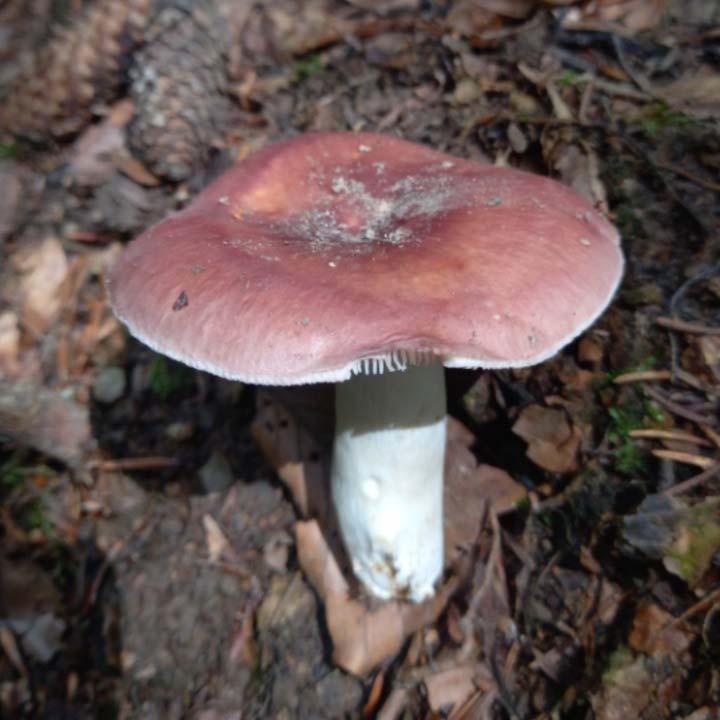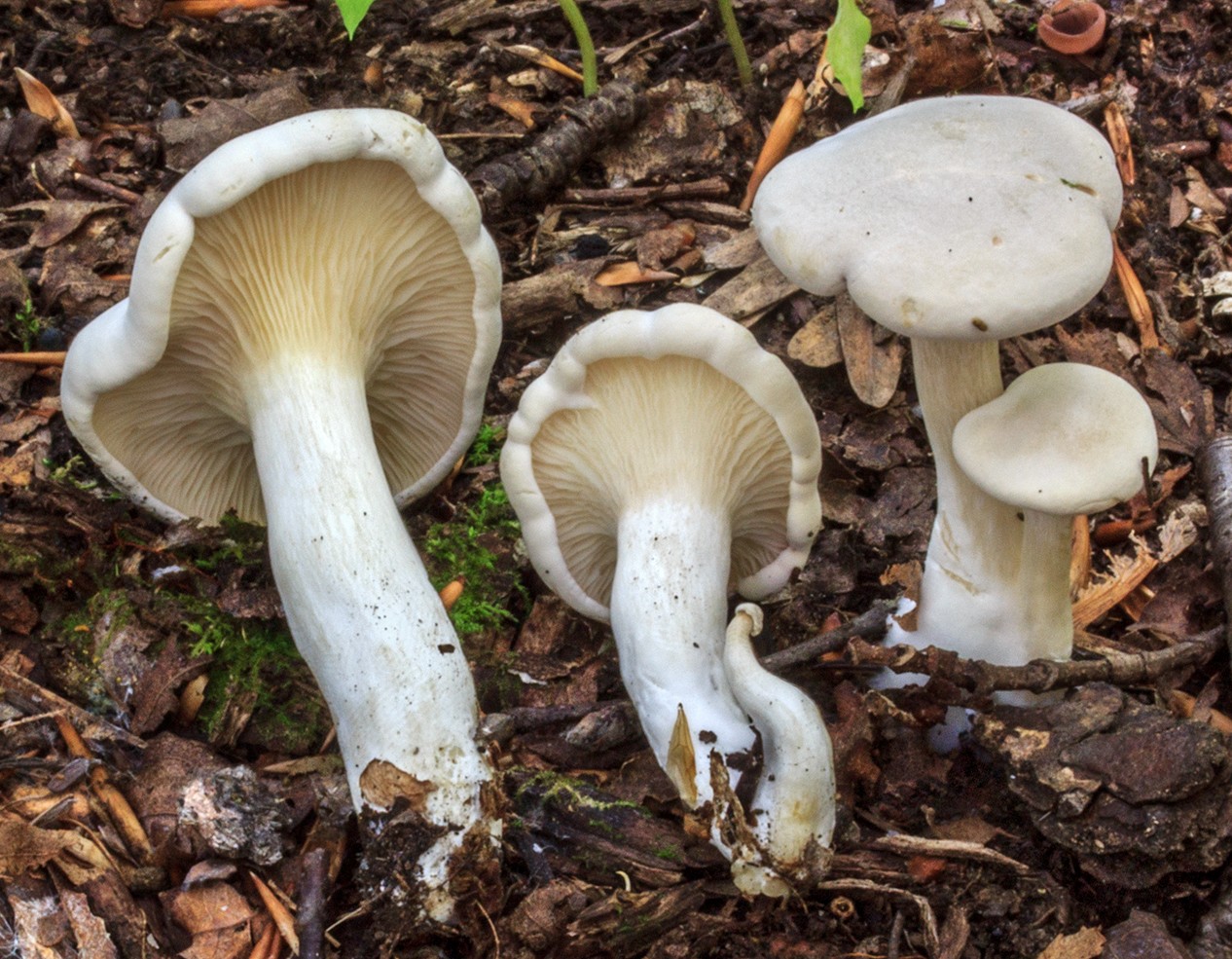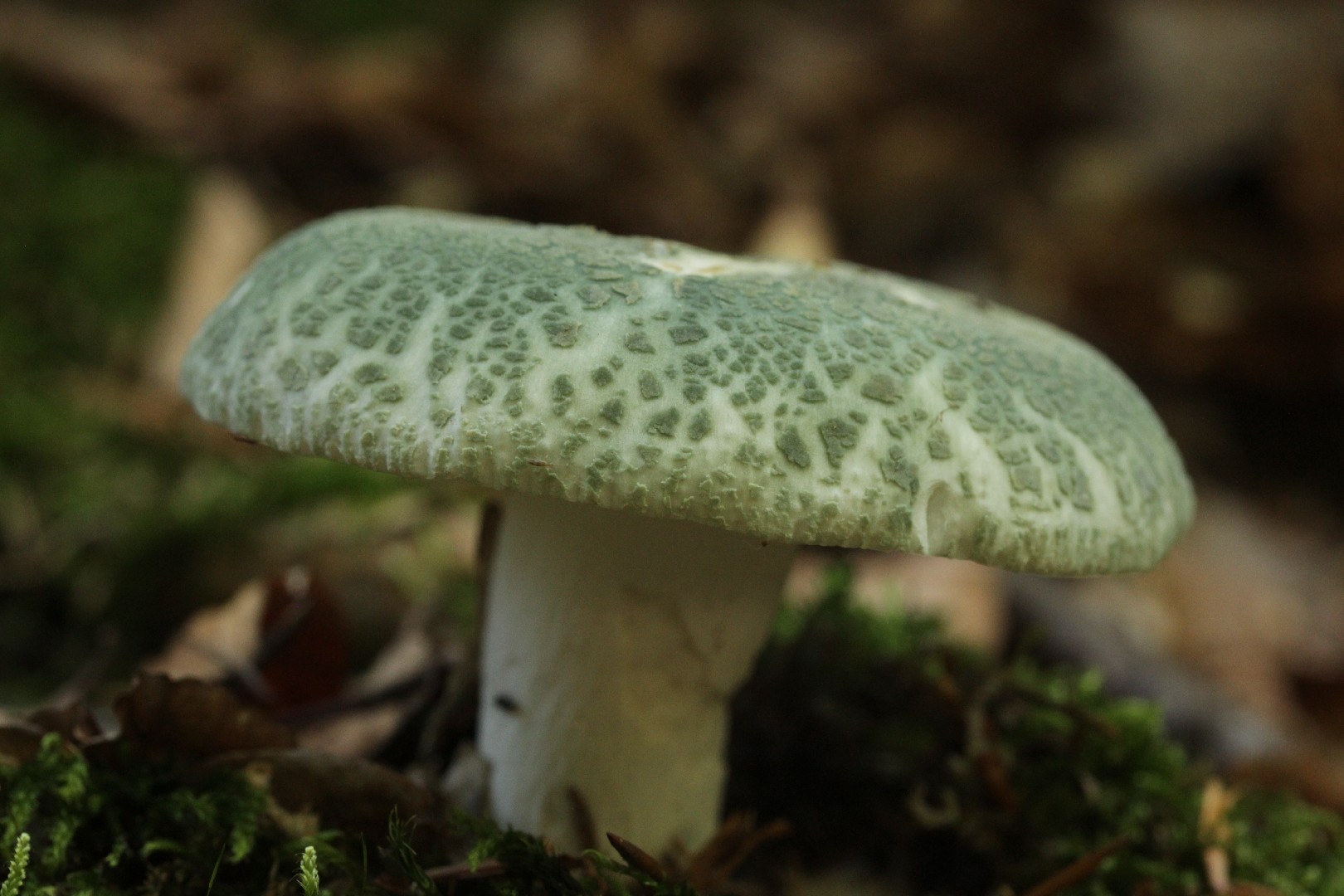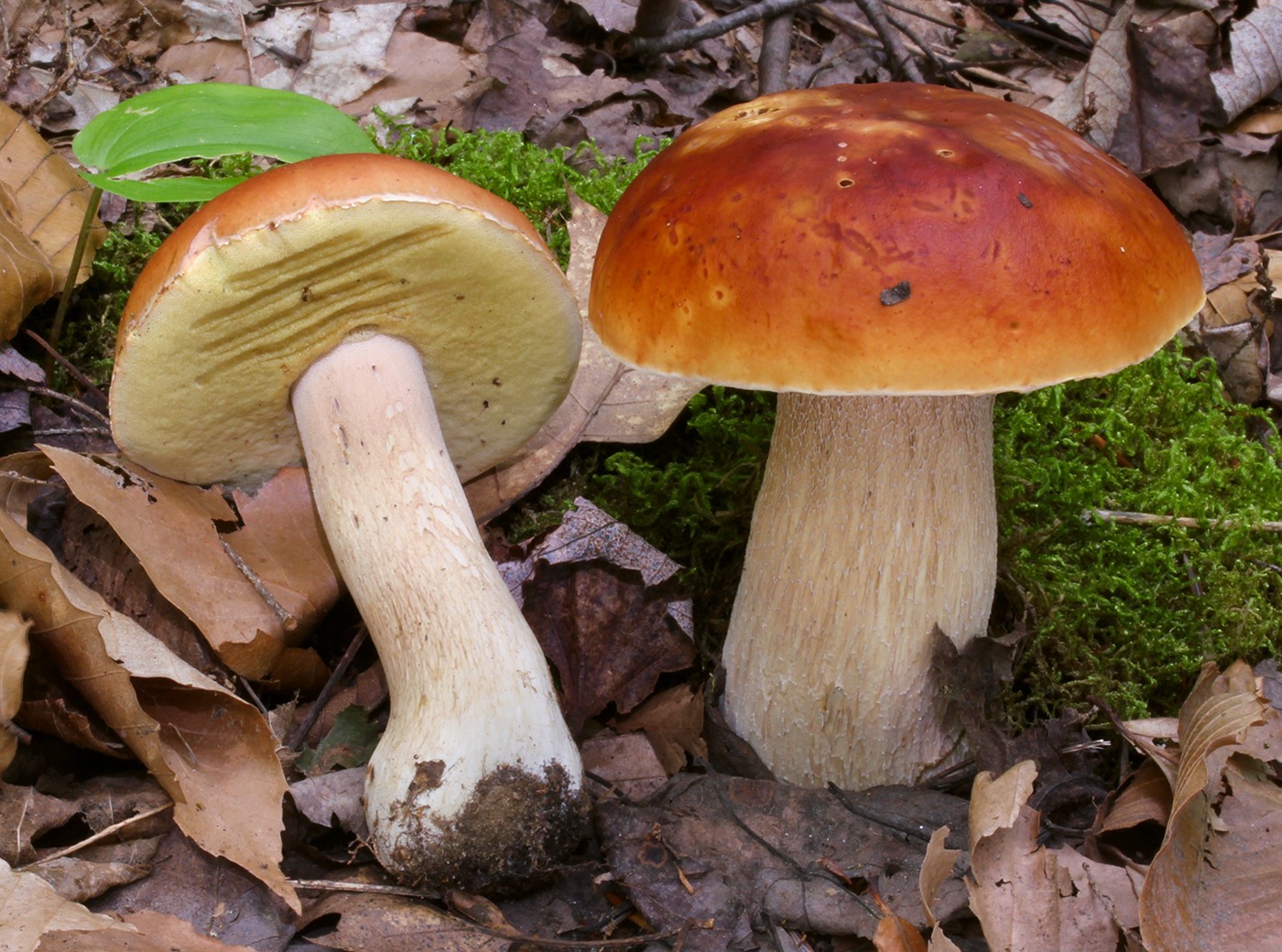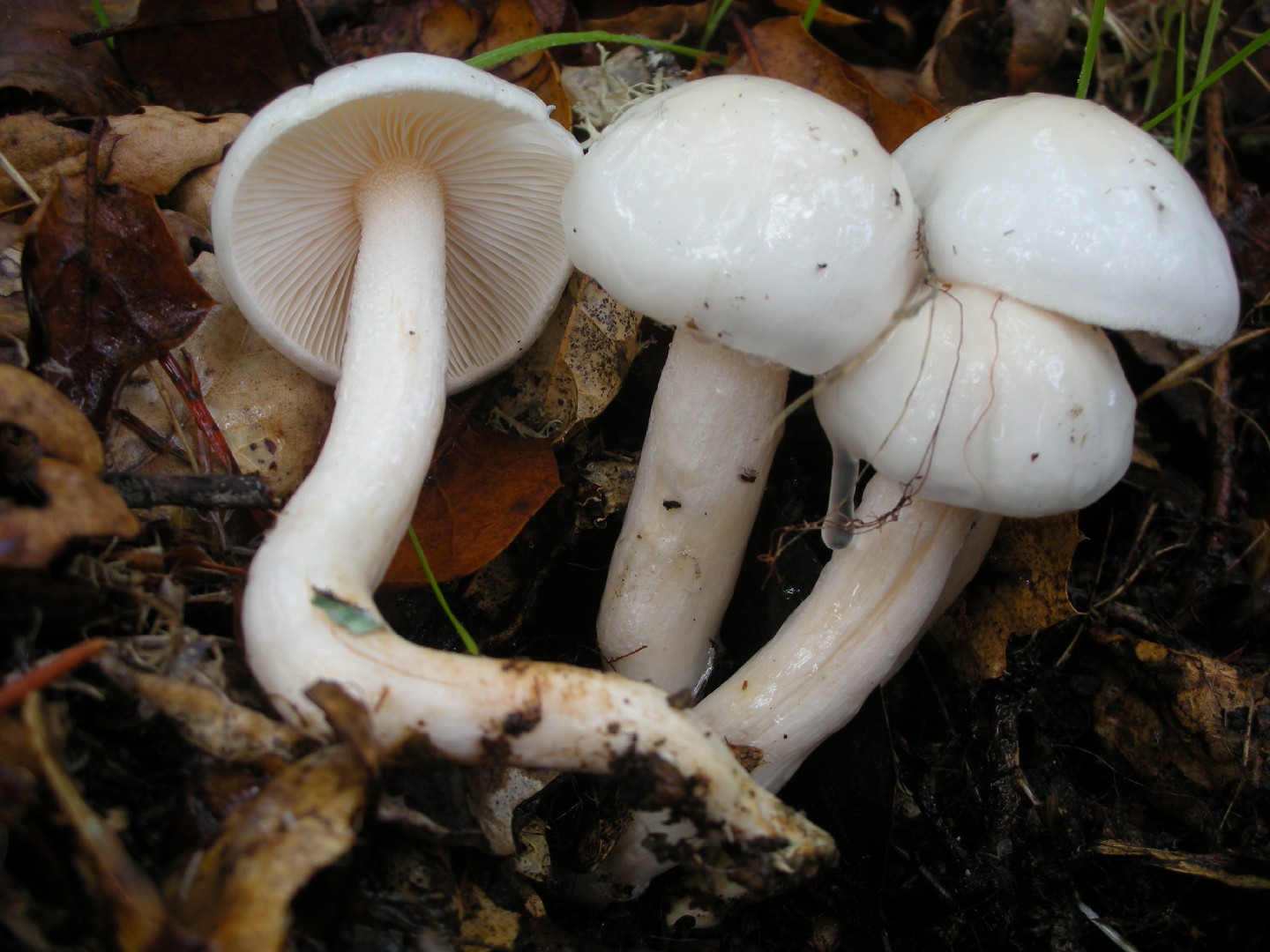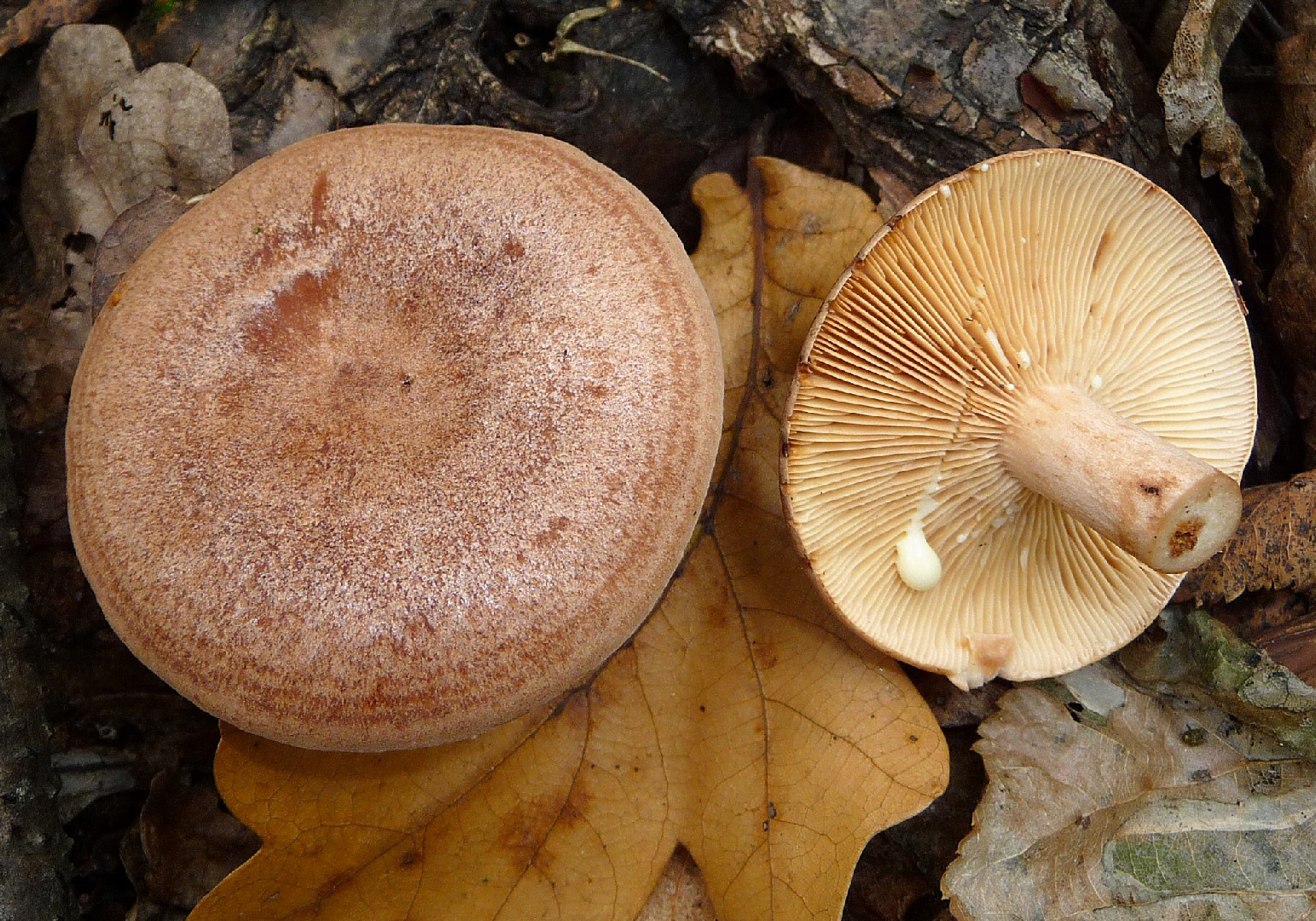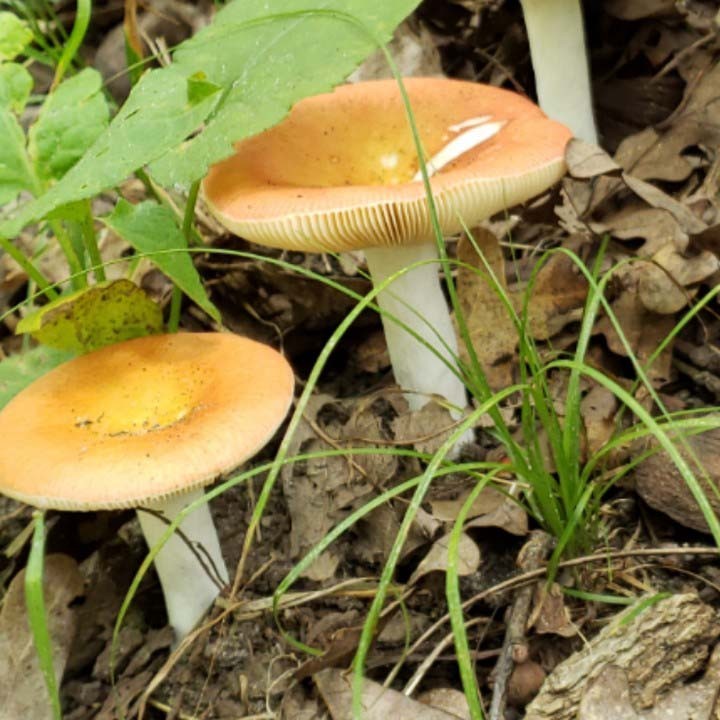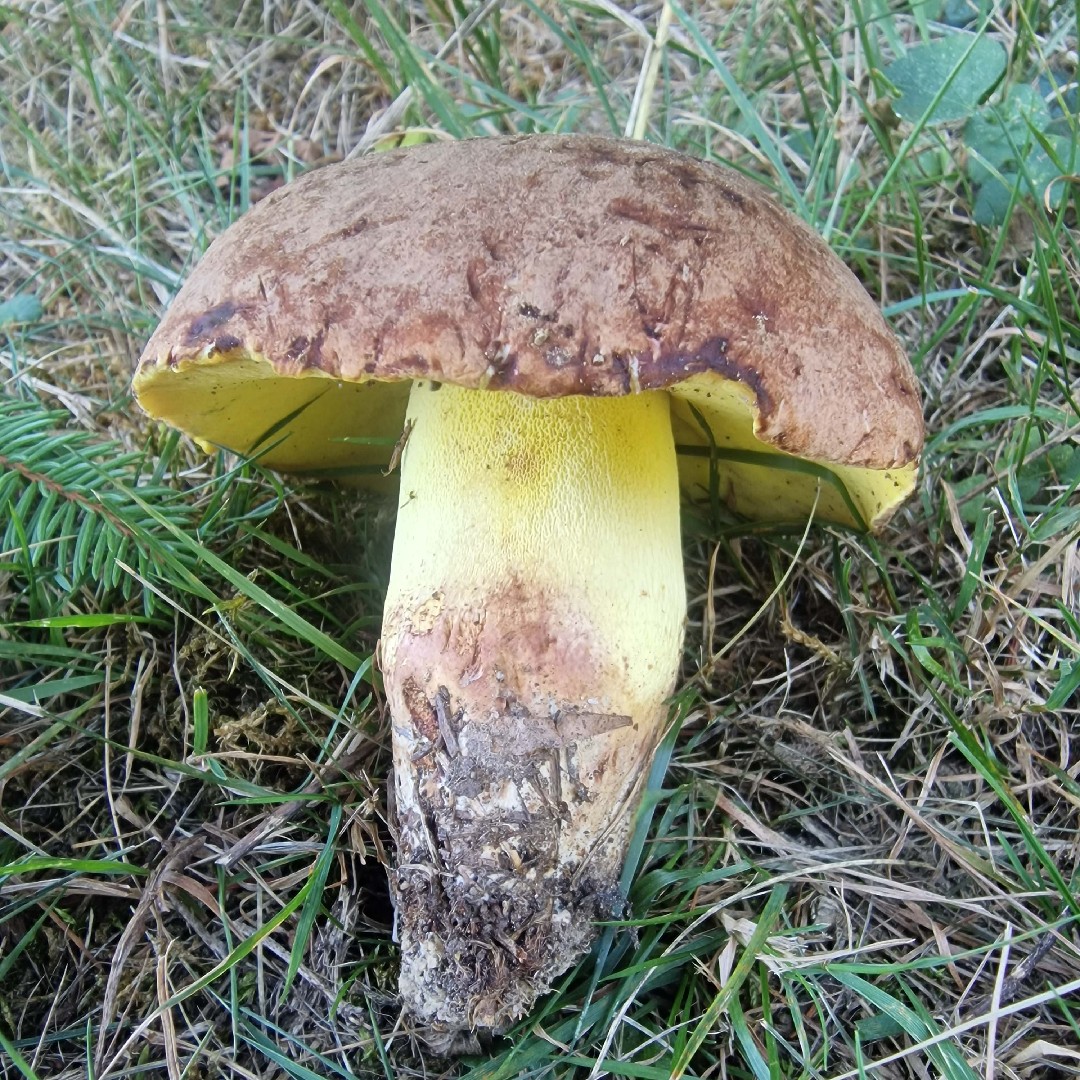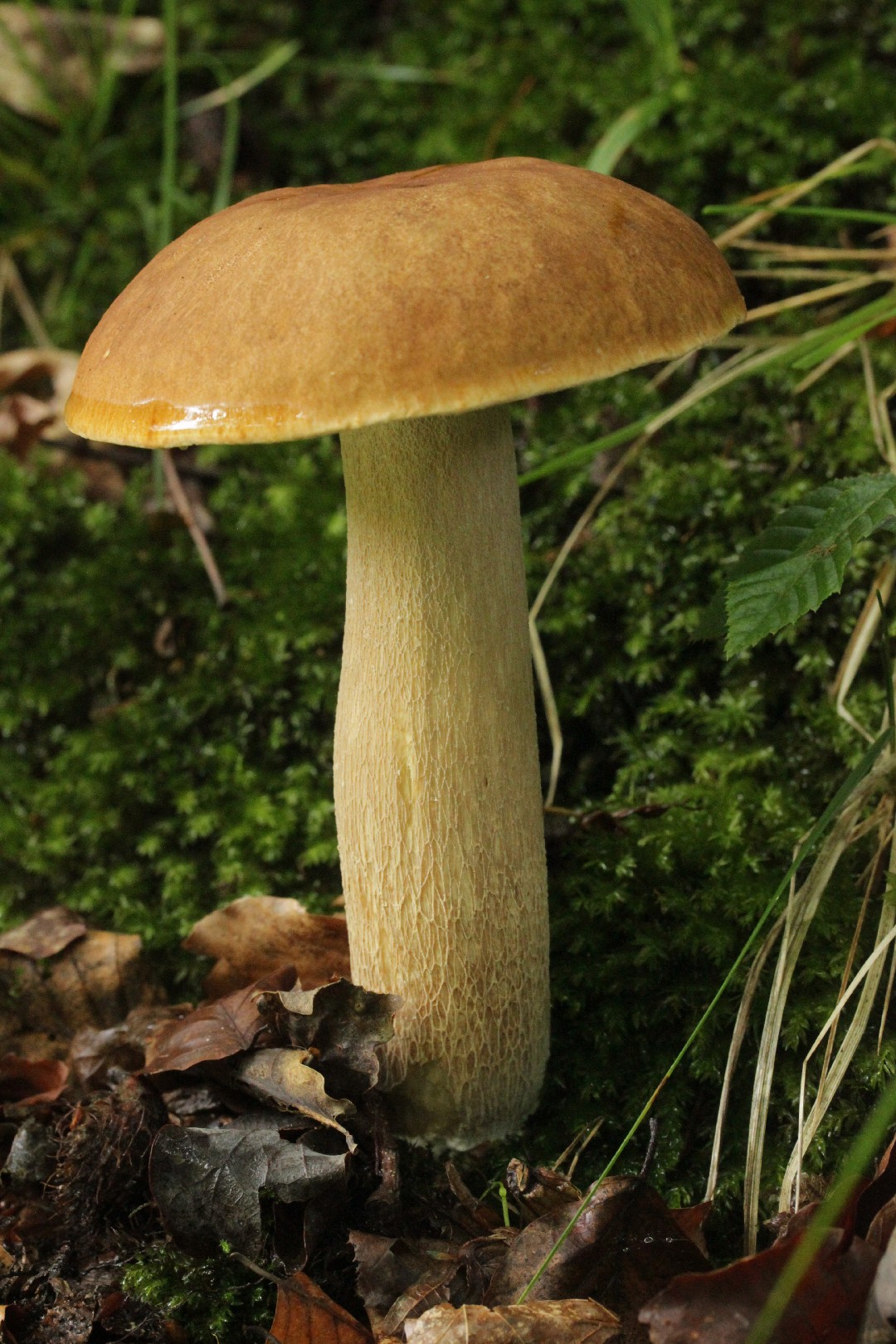Top 20 Edible Mushrooms Popular in Croatia
Nestled in the heart of Europe, Croatia boasts diverse habitats, from coastal regions to lush forests, providing a perfect home for an array of edible mushrooms. This list will explore the 20 most common, spotlighting their unique characteristics such as appearance, taste, and culinary uses. Whether you're a novice forager or a seasoned chef, the rich diversity of Croatia's mycological flora promises something for everyone. So, let's delve into the intriguing world of Baltic fungi and their integral role in the local culinary traditions.
* Disclaimer: Content feedback CAN NOT be used as any basis for EATING ANY PLANTS. Some plants can be VERY POISONOUS, please purchase edible plants through regular channels.
Most Popular Edible Mushrooms
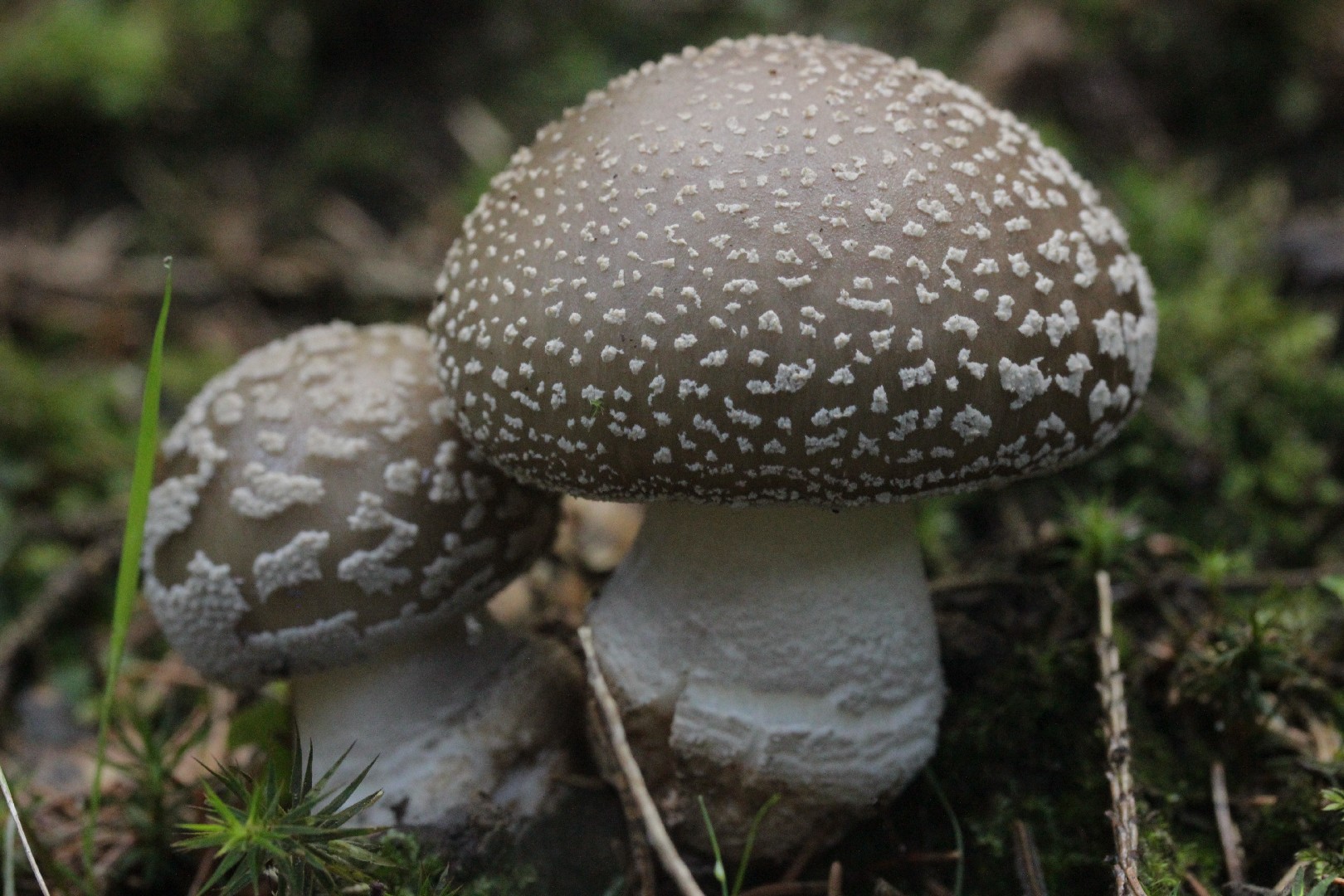
1. Grey spotted amanita
The cracked plaster appearance of grey spotted amanita (Amanita excelsa) caps is a common sight in Europe that also sporadically pops up in North America. This species has a long history and has been recorded and studied as far back as 1821. They contain a potent toxin called thermolabile, making those who consume it very sick if not cooked. This species is not recommended for consumption.
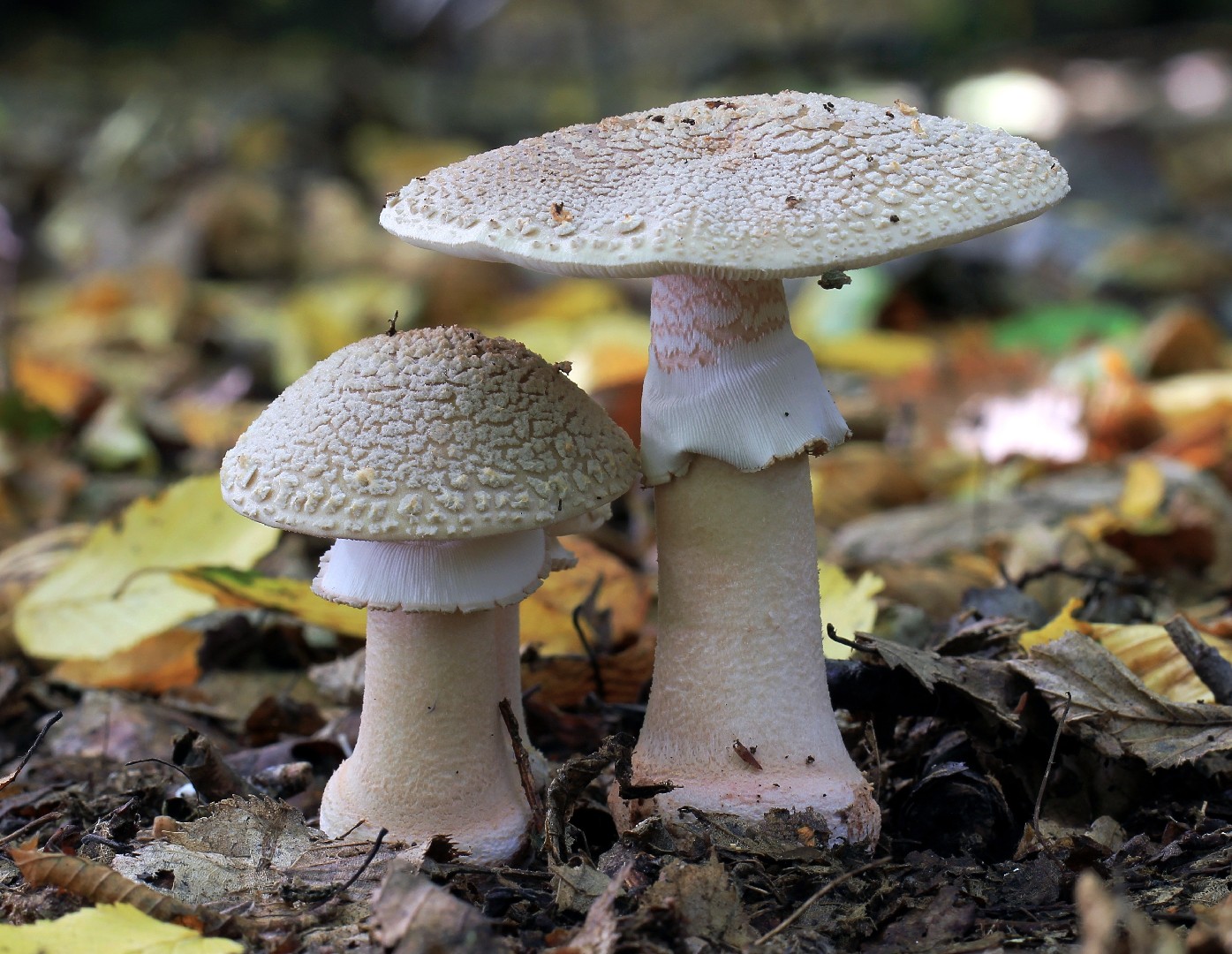
2. Blusher
The blusher mushroom is so named because it “blushes” to a pinkish red color when cut or bruised. It is found in many countries around the world, although it may not be native to the southern hemisphere. It contains a hemolytic toxin that can cause anemia if eaten.
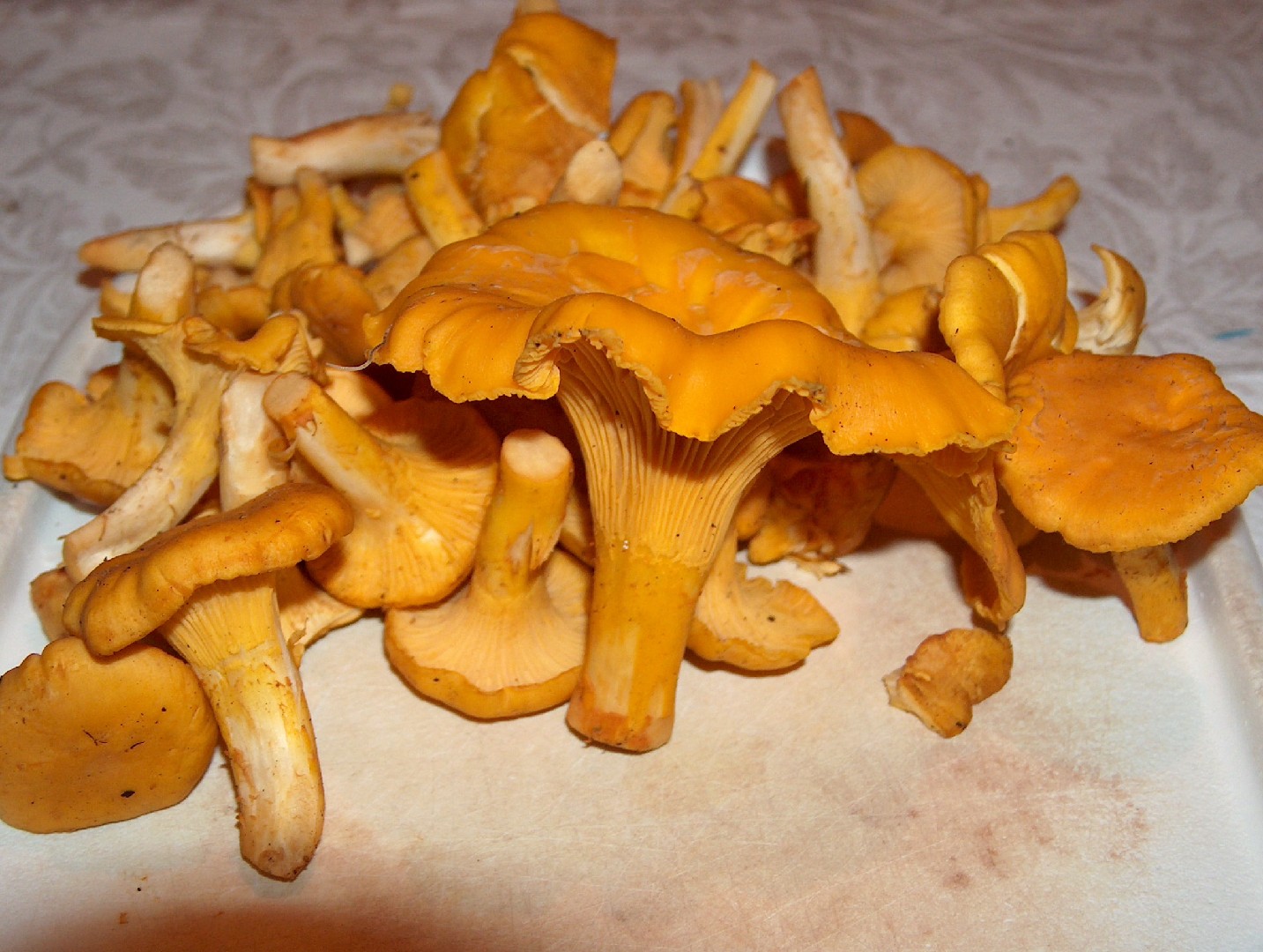
3. Golden chanterelle
Golden chanterelle mushrooms are popular in gourmet cuisine across Europe, where they grow wild during the warm (but not too hot) months. Similar species grow in other countries. Extremely popular with foragers, the golden chanterelle emits an apricot-like scent and contains an array of nutrients that benefit the human body. Several studies suggest consuming extremely large amounts may have detrimental effects on the eyes and muscles.

4. Sticky gray trich
It is a large, imposing mushroom, with a convex cap 3–11 cm (1–4.5 in) in diameter with a boss. The cap is sticky when wet and has an irregularly lobed margin. It is dark grey in colour with darker grey to blackish streaks perpendicular to the margins. The grey colour fades towards the margins and may be tinged with yellow or purple. The crowded adnate gills are white, and the solid stipe is white with a yellow tinge at the top. It measures 3.5–12 cm (1.4–4.7 in) high and 1–3 cm (0.4–1.2 in) wide. The spore print is white. It has a farinaceous smell and taste. Older specimens are often eaten by slugs, and the stem is recommended to be removed before cooking. It can be pickled. 
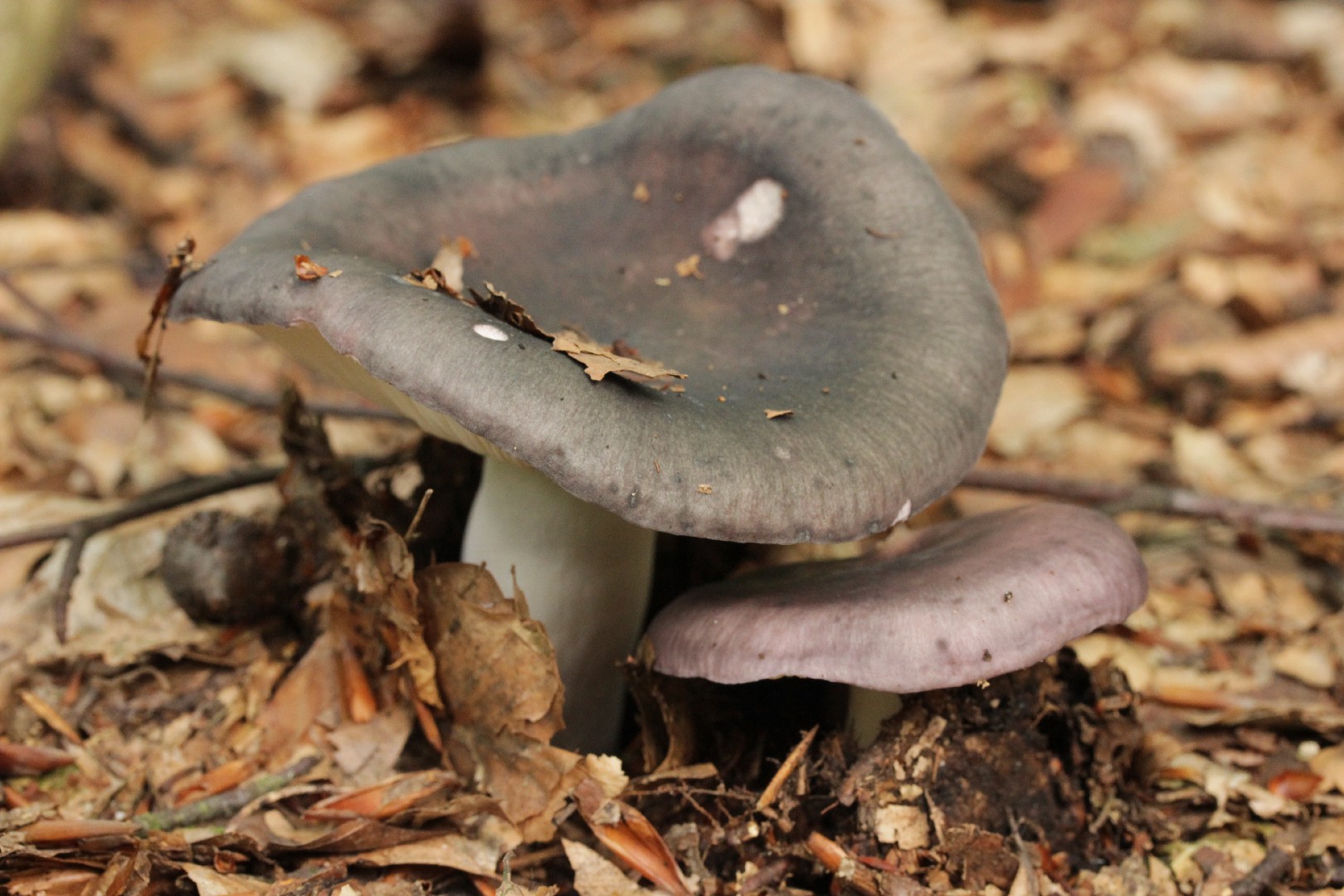
5. Charcoal burner
Most commonly found under beeches in forests or parks, this crumbly mushroom can appear in colors ranging from red and yellow to violet, blue-grey, or even green. Its scientific name represents this variability: Russula cyanoxantha means “reddish blue-blonde.”
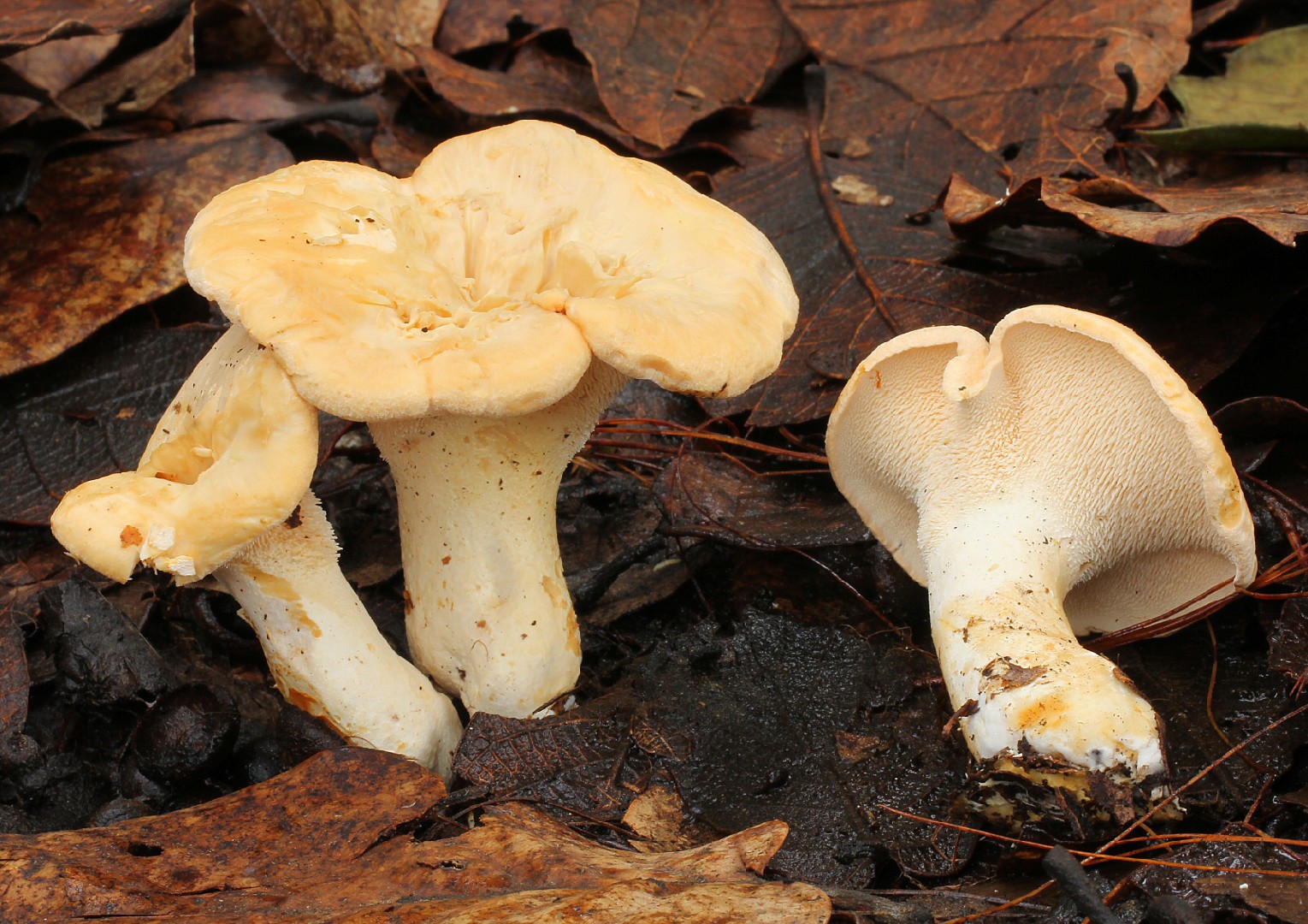
6. Sweet tooth
This mushroom is distinctive for the spines, or teeth, that hang down from the underside of its cap. It can be found on forest floors singly or in groups. In spite of the name, sweet tooth, it has a slightly spicy bite and bitter aftertaste. This wild mushroom needs to be cooked before it is truly edible, and only young, parasite-free mushrooms should be harvested.
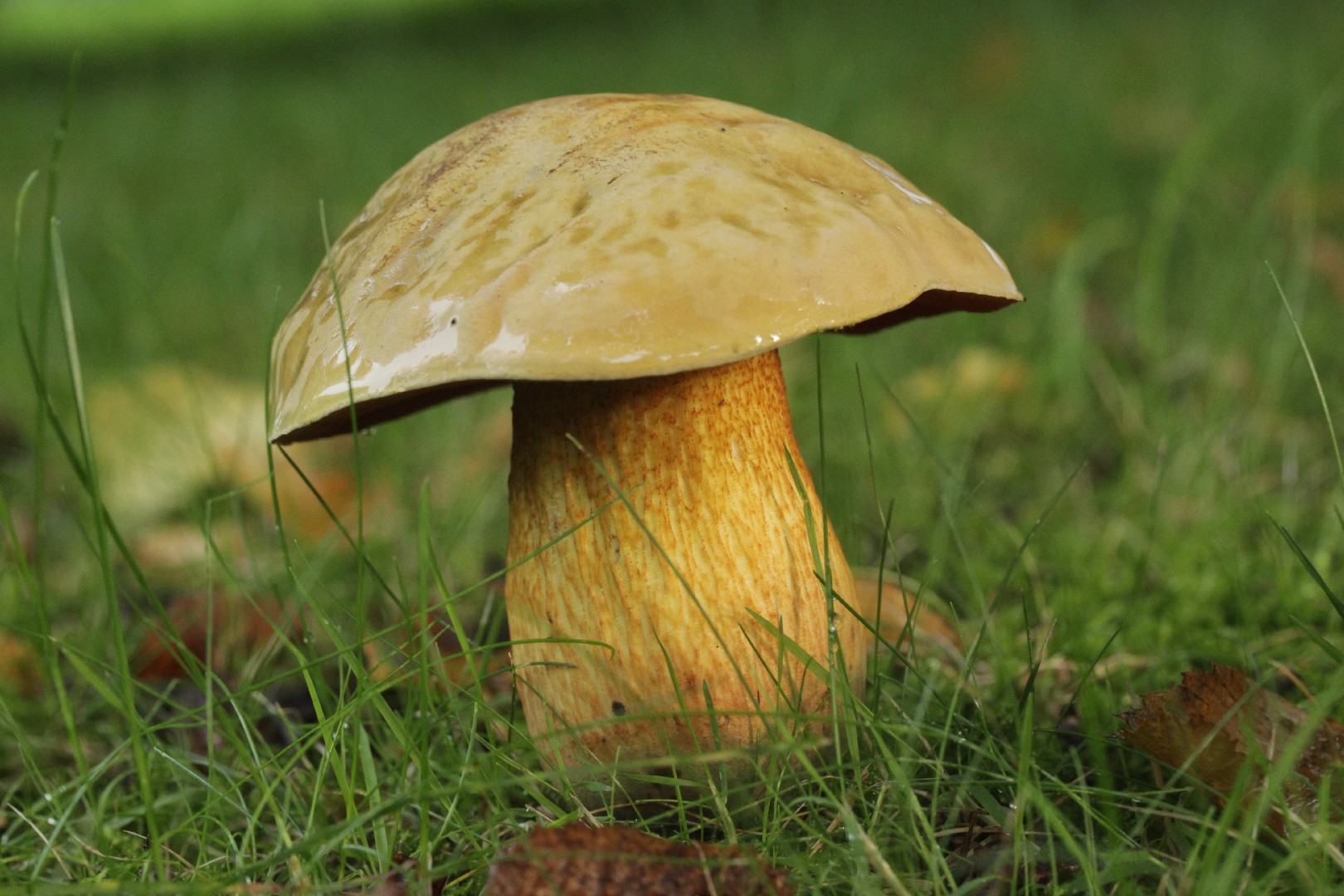
7. Lurid bolete
Once considered a member of the Boletus genus, the lurid bolete is a mushroom that is best avoided. Inexperienced mushroom hunters could easily confuse it with the severely poisonous European species Satan's bolete (Rubroboletus satanas) or its North American cousin Rubroboletus eastwoodiae. When cut, the stem of this bolete goes dark blue. Its smell is a bit sour.
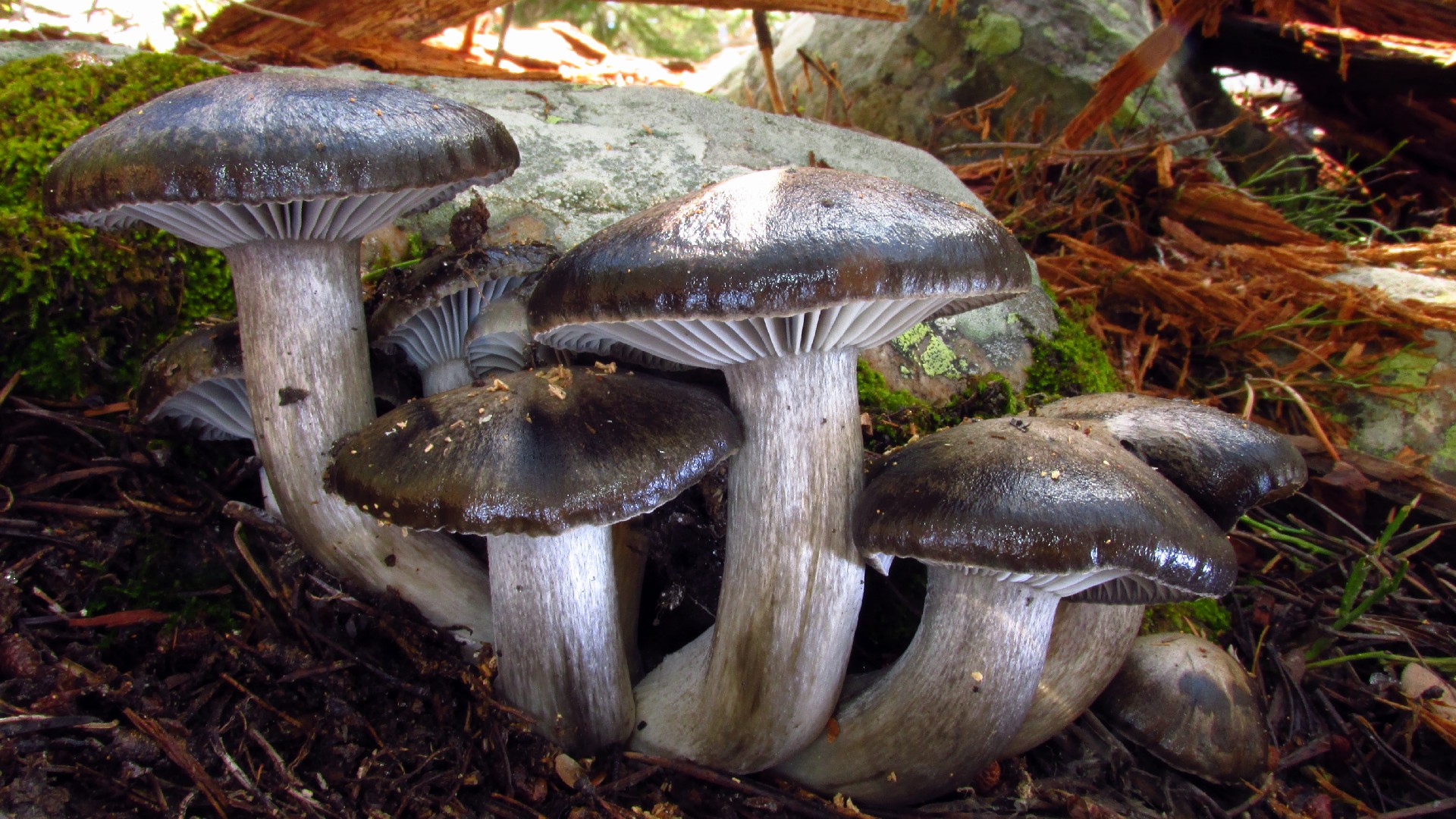
8. March mushroom
The fruit bodies have caps that are broadly convex, measuring 2.5–11 cm (1.0–4.3 in) in diameter. Their surfaces are smooth and sticky, with a pale greyish-brown center and darker brown to blackish-grey margin. The distantly spaced, broad gills have an adnate to adnexed attachment to the stipe, and two tiers of intervening lamellulae (short gills). The gills are initially white before turning gray to bluish-gray in age. The whitish stipe measures 3–10 cm (1.2–3.9 in) long by 1–2.5 cm (0.4–1.0 in) thick, and is either equal in width throughout or tapers slightly towards the base. The stipe is smooth except for a few tufts of hairs near the top. Immediately underneath the cap cuticle, the flesh of the cap is water-soaked; elsewhere in the cap, it is gray-tinted with a sheen, while in the stipe it is dull white. It lacks any appreciable odor or taste. It is considered edible in Europe, where it is prized in some regions. The thin-walled, elliptical spores measure 6.5–8.5 by 4.5–5 µm. The basidia (spore-bearing cells) are narrowly club-shaped, four-spored, and measure 42–55 by 5.4–8.1 µm. 
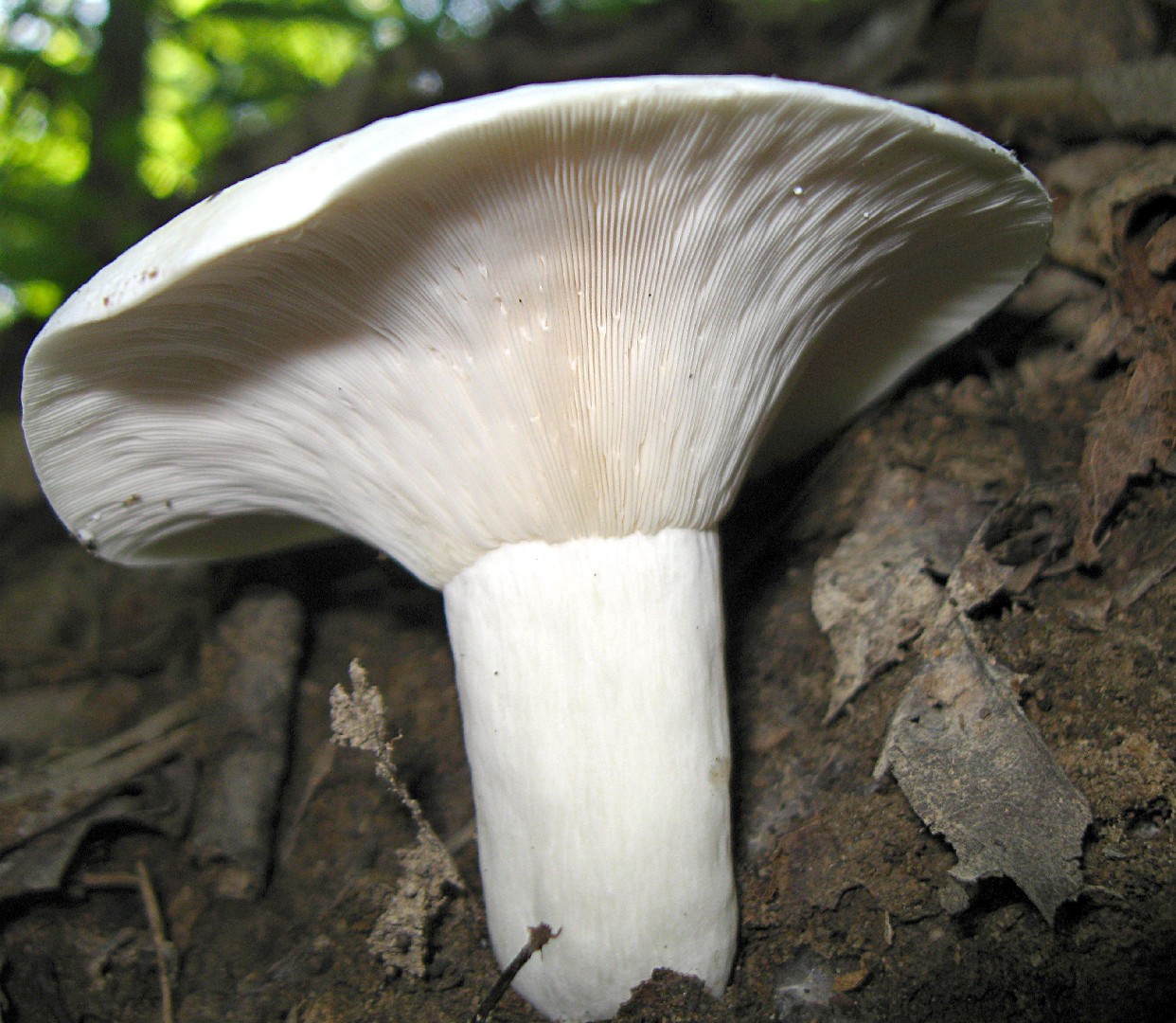
9. Peppery milk cap
Mushrooms in the Lactarius genus, including peppery milk cap, leak a milky substance from their gills. Peppery milk cap is unique because its milk has an overpowering pepper taste. This mushroom was first described by Carl Linnaeus, the famed father of modern taxonomy.
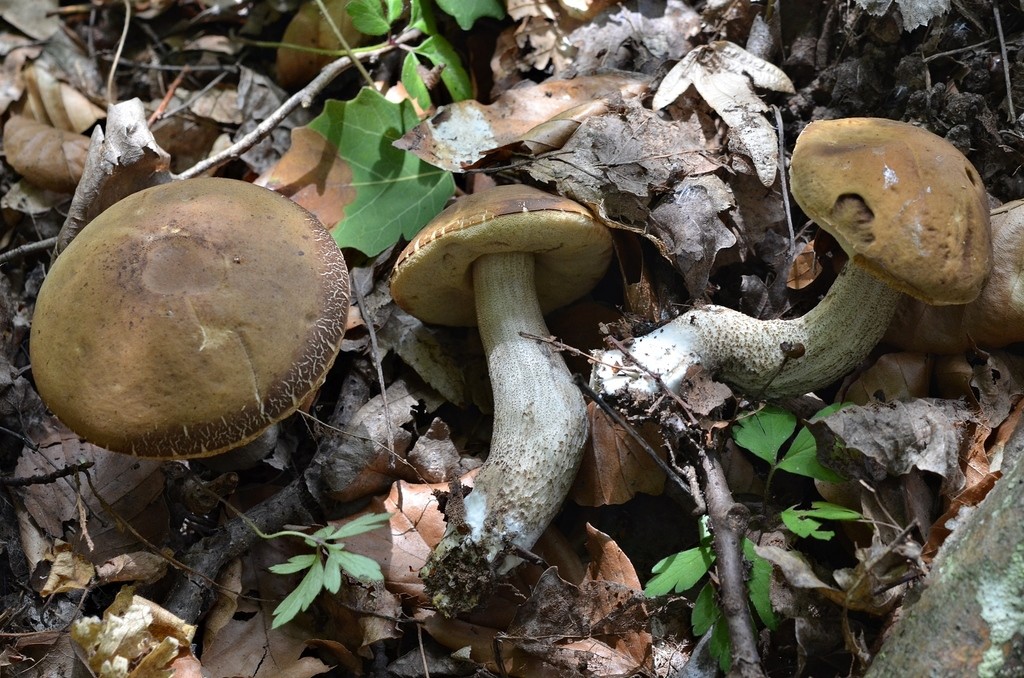
10. Hazel bolete
The hazel bolete is a fairly common mushroom that is often found near hornbeam trees, rather than around hazels. When cut or bruised, the flesh first goes red and then turns very dark blue. This mushroom is similar to Leccinum scabrum, but the latter one grows strictly near birch.
More
